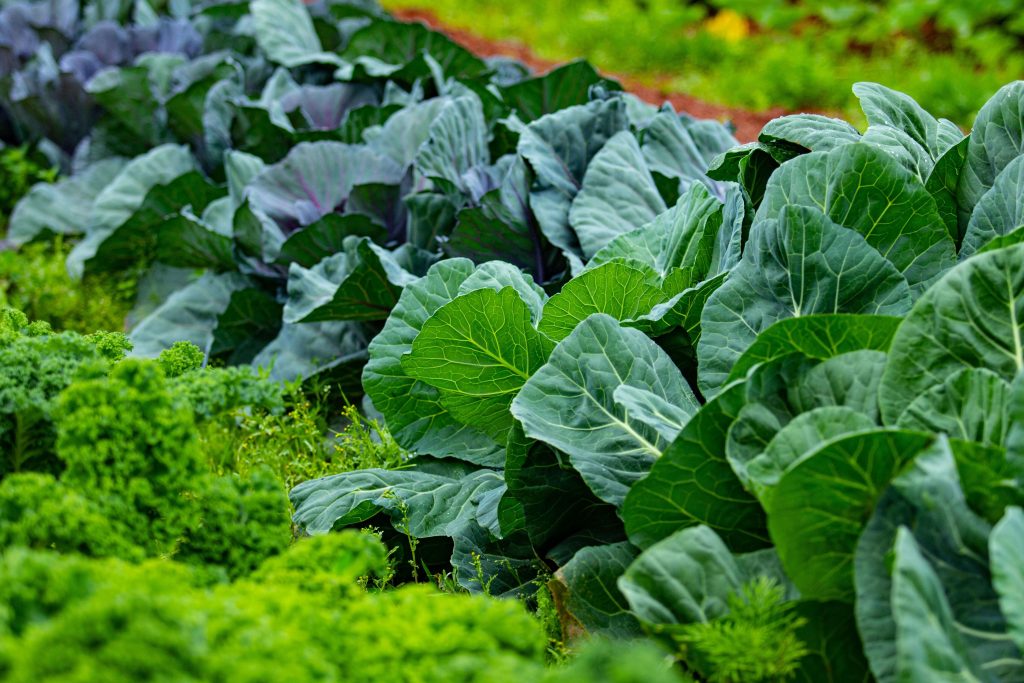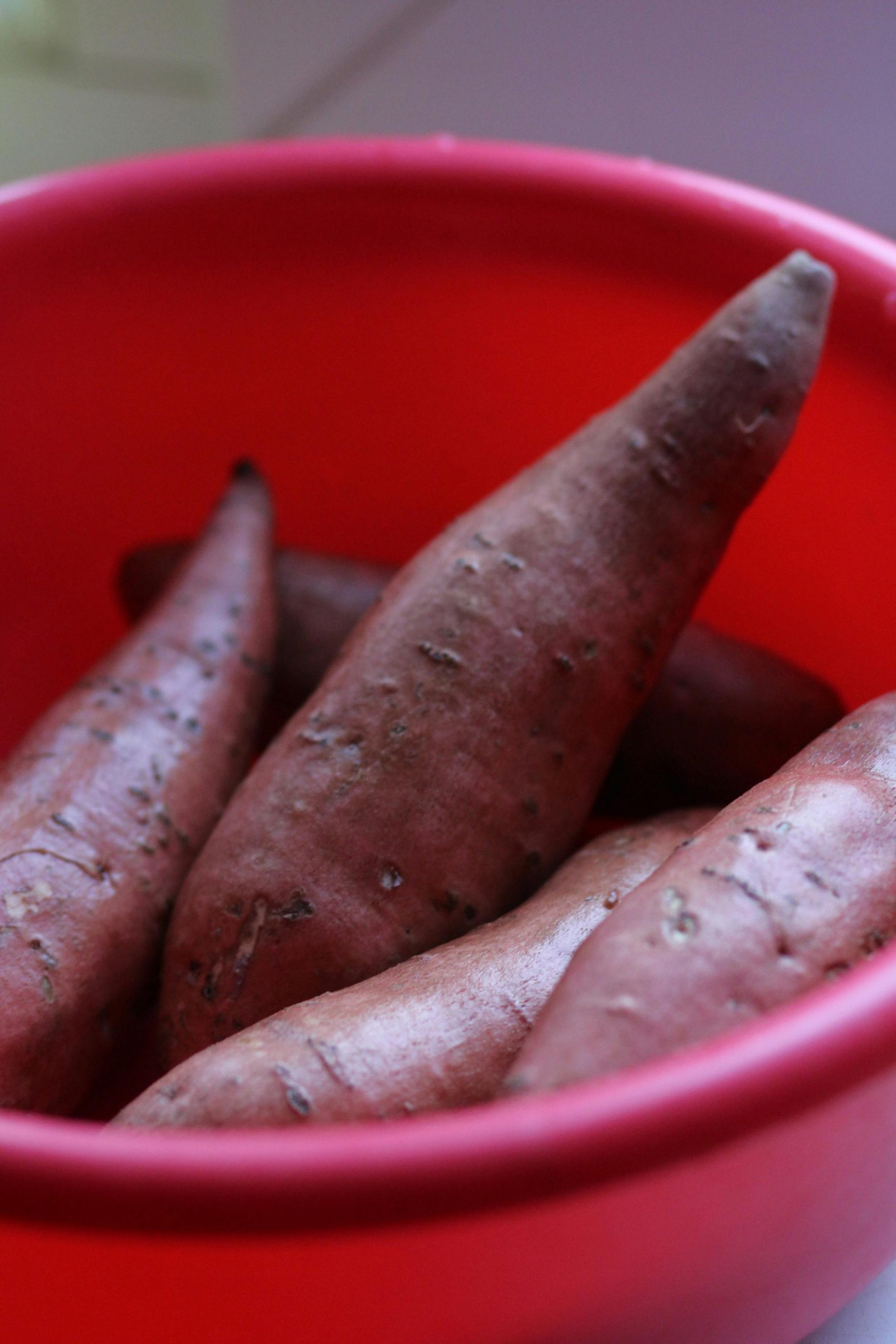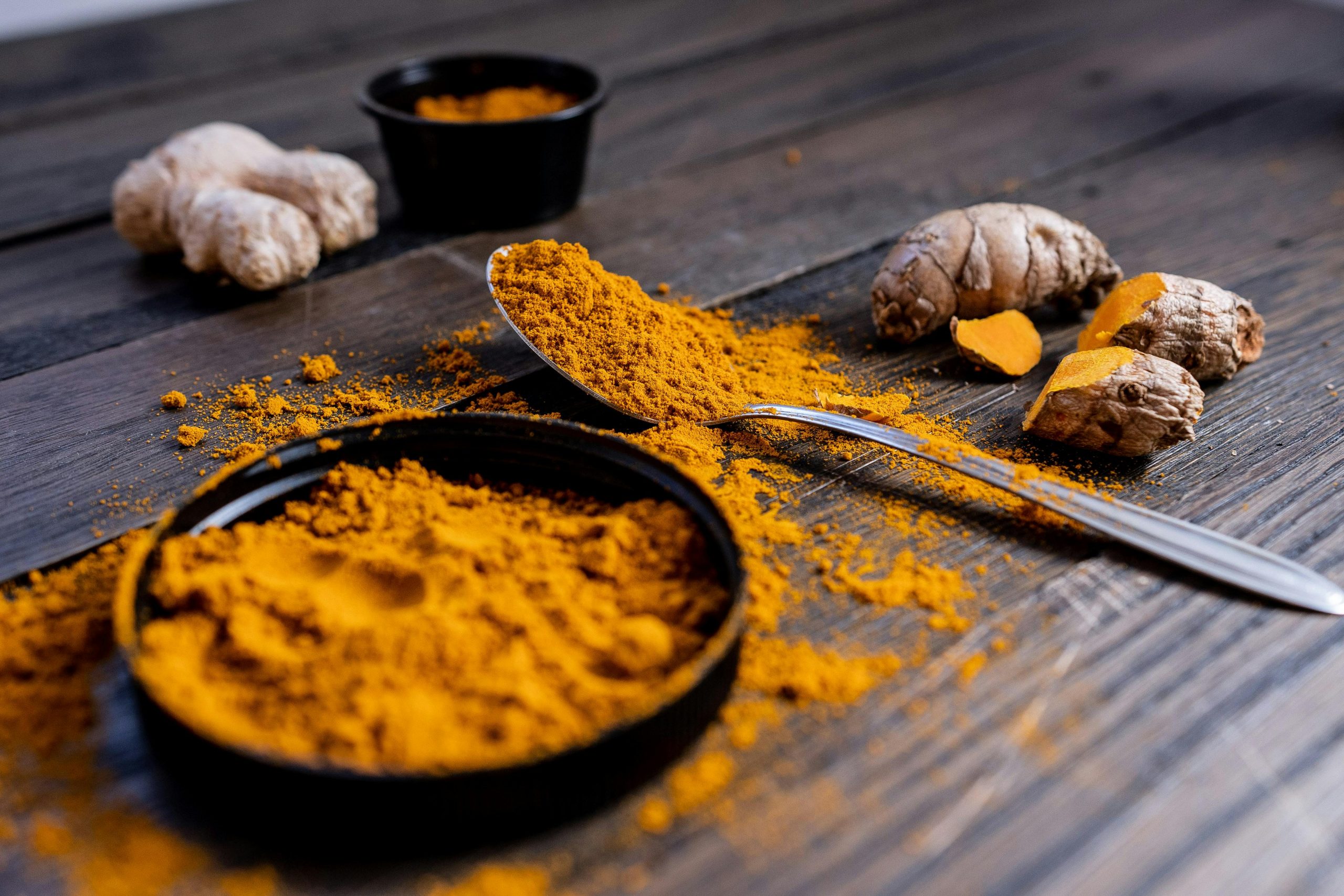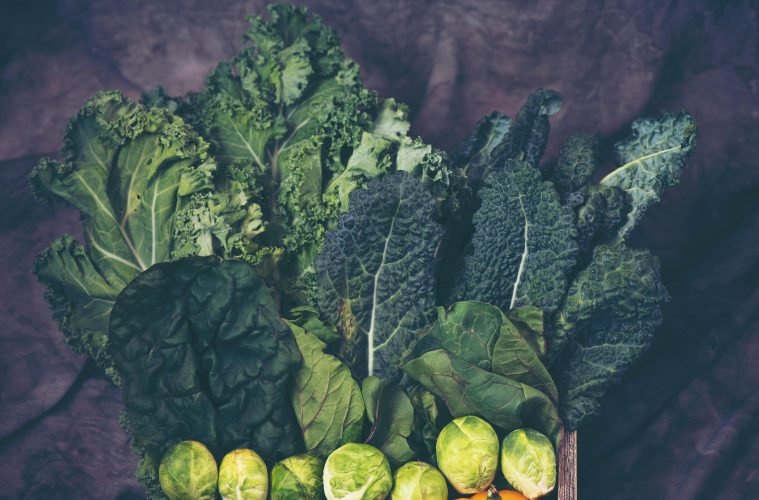With cooler weather around the corner, grow these plants to help boost the immune system.
Our health is inextricably linked to what we eat, much in the same way that healthy, fertile soil produces robust, nutritious plants, eating a balanced, nourishing diet is the foundation for a healthy body and immune system.
Budding Brassicas: Cabbage, broccoli, cauliflower, Brussels sprouts, kale
If you’ve ever overcooked cabbage, you’ll be familiar with the horrible sulphurous smell that results. This is due to the glucosinolates-sulfur-containing compounds found in all brassicas.
These form part of the plant’s defense mechanism against pests: when an insect nibbles on broccoli, the glucosinolates are converted into sulforaphane, a compound with a strong mustard bite and pungent aroma.
This repels pests, but it is extremely healthy for us, with powerful antioxidant, anti-inflammatory and anti-aging benefits.

Pexels
Growing tips:
Brassicas form the best heads in cool weather. Feed regularly before the heads begin to develop, and don’t eat any leaves until after the heads have been harvested, as this is where the plant builds up nutrients to develop big heads.
Using:
Many of glucosinolates’ benefits are destroyed when brassicas are cooked, but cooking increases the amount of available beta-carotene, lutein, and vitamin E. The trick to gaining the maximum nutritional value is to eat a combination of raw and cooked.
Sweet Potatoes
These are packed with vitamins and dietary fibre and despite their sweetness, their sugars are released slowly, providing a balanced energy source. They’re very high in beta-carotenes, and good for eye health and the immune system. Purple varieties have high levels of anthocyanins, which are powerful antioxidants.

Pexels
Sweet potatoes contain unique proteins called sporamins; when their skin is damaged, these are produced to heal the injury. Unsurprising, sporamins are proving to be healthy for us too, preventing oxidative damage to our cells.
Growing tips:
This summer-rambling crop bears for many months, especially in warm, humid weather. Grown mounds of well-composted soil, they’re drought-resistant once established.
Using:
Their natural sweetness pairs well with bold flavours for a well-rounded dish. Steaming helps perverse antioxidants. The slightly bitter leaves and young vines are also edible and very nutritious.
Citrus
Famously high in vitamin C, citrus contains many other vitamins, minerals, fibre and phytonutrients. They are rich in flavonoids with many benefits, including regulating blood pressure and protecting against cancer, neurodegenerative disorders and cardiovascular disease, as well as reducing cholesterol in inflammation.

Unsplash
Growing tips:
Citrus does best in warm climates, but some varieties will survive mild frosts if protected when young. They need fertile, well-drained soil, full sun and regular water. Feed with a balanced organic fertiliser every four months and keep the ground well mulched to suppress weeds and retain moisture.
Using:
All parts of citrus fruits are edible, creating a wide variety of options, from juice and marmalade to powdered zest.
Turmeric
Glorious, golden turmeric is rich in curcumin a powerful and effective anti-inflammatory and potent antioxidant, which neutralises free radicals and boosts the body’s own antioxidant defences. This keeps our body’s immune system in tip-top shape.

Pexels
Growing tips:
It does well in fertile, well-drained soil with morning or filtered sun and likes warm, wet summers and cool, dry winters. Bury fresh rhizomes in late spring. Keep moist until the first green shoot appears.
Using:
Turmeric isn’t water soluble, and to gain the maximum health benefits it needs to be heated and mixed with fat or oil to be absorbed, otherwise, it will simply pass straight through the body. Adding freshly ground black pepper increases the efficacy of turmeric, as the pepper’s active ingredient, piperine, assists the body in digesting and absorbing curcumin.
ALSO SEE: GROW YOUR OWN FIRST AID KIT IN YOUR GARDEN
Feature image: Pexels
A version of this article was published in the Garden&Home March 2024 print edition

